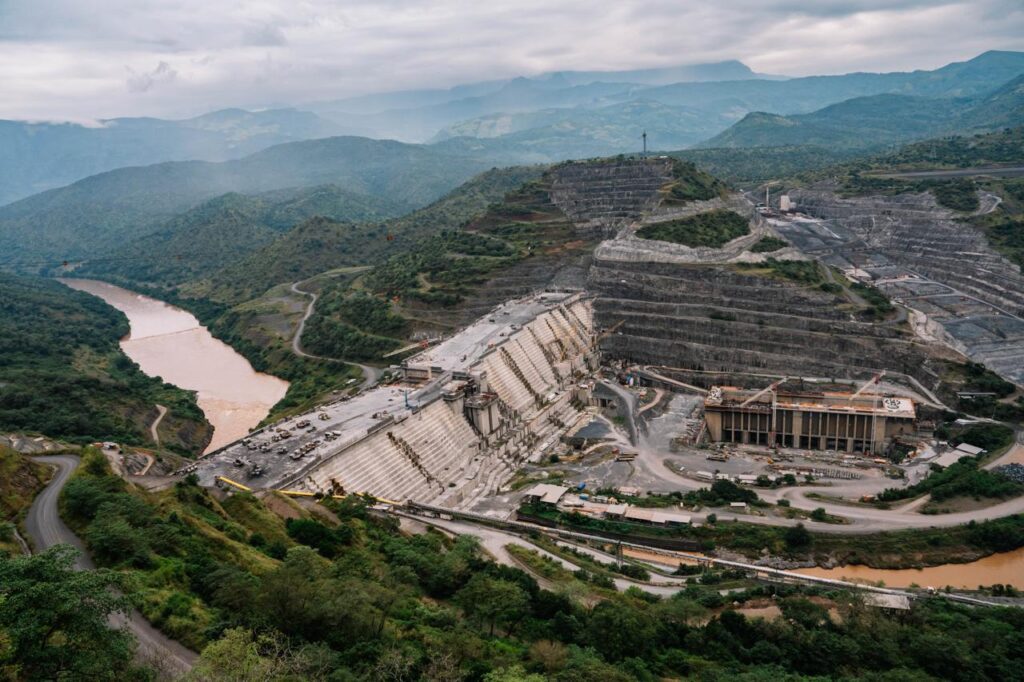Major Advancements in Ethiopia’s Energy Sector: The Koysha Hydroelectric Project
Introduction
Ethiopia is on the brink of a transformative energy breakthrough with the development of the Koysha Hydroelectric Project (KHP), expected to significantly enhance the national electricity grid. This initiative marks another leap forward following the successful inauguration of the Grand Ethiopian Renaissance Dam (GERD), reinforcing Ethiopia’s commitment to becoming a major player in renewable energy in East Africa.
Koysha Hydroelectric Project Overview
Located approximately 129 km downstream from the Gibe III Hydropower Project along the Omo River, near Koysha Village in the South West Regional State, KHP is designed to generate an impressive 1,800 MW of electricity. It is anticipated to produce about 6,344 GWh of electricity annually, a crucial contribution to meet Ethiopia’s burgeoning energy demands.
Significance to the National Grid
The Koysha Hydroelectric Project is not just about capacity building; it is a cornerstone for achieving energy sovereignty in Ethiopia. By expanding the energy supply, Ethiopia aims to enhance its national grid, ensuring cleaner, reliable, and affordable energy for its citizens.
Regional Implications
Empowering East Africa
Ethiopia’s advancements in hydropower not only cater to local needs but also bolster the country’s ambition to become a regional electricity export hub. This project underscores the importance of cross-border energy cooperation for the economic integration of East Africa.
Benefits at Local Level
Enhanced Electricity Access
At the grassroots level, the KHP is poised to facilitate electricity access for households and small businesses. This aligns with ongoing government efforts in rural electrification, aiming to improve the quality of life for many Ethiopians.
Socio-Economic Growth
The project is expected to stimulate economic activity in surrounding communities, enhance living standards, and promote sustainable development across the region. The increased availability of electricity will empower local enterprises and improve public services.
Commitment to Renewable Energy
The Koysha Hydroelectric Project is integral to Ethiopia’s strategy of prioritizing clean energy sources. As the nation positions itself as a leader in renewable energy, the focus on such projects aligns with global sustainability efforts.
Conclusion
The upcoming Koysha Hydroelectric Project is more than just an infrastructure project; it symbolizes Ethiopia’s vision for a self-sufficient energy sector and a prosperous future. By continuing to invest in energy projects like KHP and the GERD, Ethiopia is set to harness its vast hydropower resources, illustrating the potential for significant growth in both domestic and regional energy markets.
For further details on Ethiopia’s developments in renewable energy, visit the Ethiopian Electric Power website.
